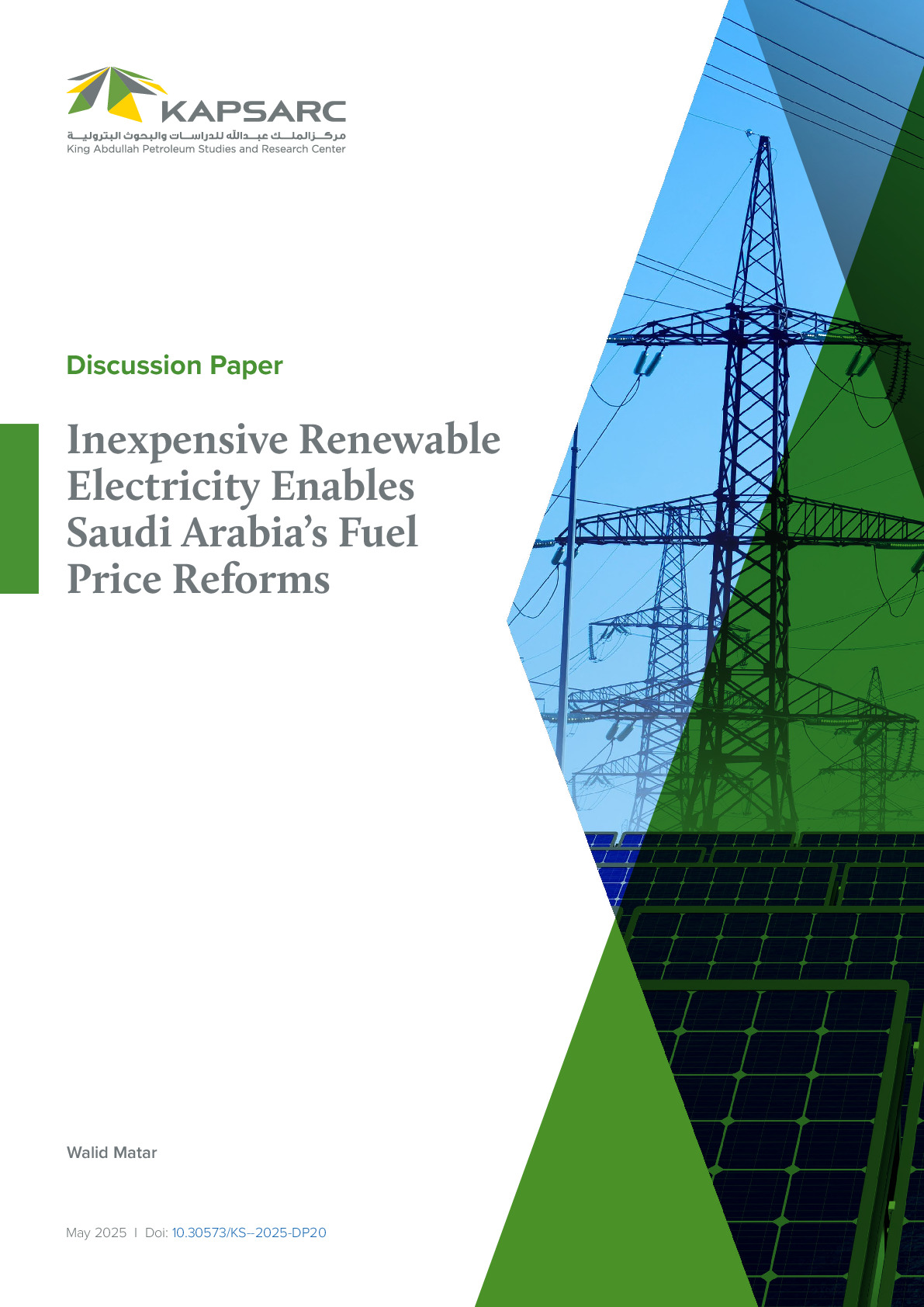KAPSARC has developed an optimization model to characterize the distribution of oil products after the refining stage. The model ensures that the demand for any group of refined oil products is simultaneously met while minimizing the social costs associated with the distribution system. The distribution system moves products from oil refineries or import terminals to petroleum bulk plants using multiple modes of transport. Then, the products are moved from bulk plants to customers via trucking or pipeline transport.

Principal Fellow- Oil & Gas
Walid works on modeling energy systems. He is developing or has developed the following components of the KAPSARC Energy Model…
Walid works on modeling energy systems. He is developing or has developed the following components of the KAPSARC Energy Model (KEM): electric power generation, oil refining, petrochemicals and fertilizers, cement production, and iron and steel. He is also working on a bottom-up residential electricity use framework that merges microeconomics with the physical laws governing electricity use.
Expertise
- Energy Systems Modeling
- Optimization
- Electricity Prices
- Energy Efficiency and the Interdisciplinary Connection Between Energy Economics and Engineering
Publications See all Walid Matar’s publications

Inexpensive Renewable Electricity Enables Saudi Arabia’s Fuel Price Reforms
KAPSARC has developed an optimization model to characterize the distribution of oil products after the…
20th May 2025
Costs of Switching Fuels and Manufacturing Processes for Construction Materials Companies in Saudi Arabia
KAPSARC has developed an optimization model to characterize the distribution of oil products after the…
6th May 2025